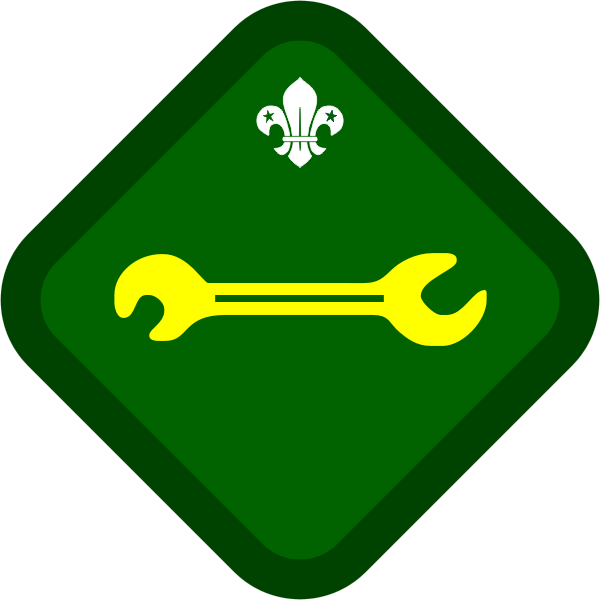
Complete the requirements in one of the following alternatives:
Alternative A – Motor Car
- Know the principles of operation of an internal combustion engine and understand the function of the clutch, gearbox and rear axle differential.
- Show how to check and refill the windscreen wash bottle of a car.
- Show how to change a bulb at the front and in the rear light cluster of a car.
- Show how to check the level of water in the radiator, ‘top up’ the radiator and know the importance of anti-freeze.
- Show how to check tyre pressures and inflate a tyre correctly.
- Remove and replace a road wheel.
- Explain what to look for when checking that a tyre conforms to the legal requirement. Understand the reason why cross and radial ply tyres should not be mixed on the same axle.
- Show how to change a wiper blade and replenish screen wash.
- Know the outline requirements for an MOT road test.
Alternative B – Power Boat
- Complete one from the following two activities:
- Be able to discuss the principles and performance of several types of motorboat engines, other than two-stroke. Show knowledge of the maintenance needed by a familiar type of marine internal combustion engine, other than two-stroke
- Assist with the maintenance, dismantle, service and re-assemble an outboard engine. Demonstrate proper fitting to the transom of a boat. Be able to explain how to detect minor faults in starting and running whilst afloat
- Complete one of the following two activities:
- As driver or mechanic member of a power boat’s crew:
- Assist in the preparation of the boat for a voyage by checking the engine for possible minor faults, checking the fuel supply and pump, and mustering the fire-fighting equipment.
- In response to orders, operate the engine whilst getting underway from the quay.
- Operate the engine to bring the craft alongside the quay and shut-down
- Lay out a kedge
- Re-man the boat in response to a ‘distress call’ and under orders, start and operate the engine whilst proceeding to and manoeuvring alongside a ‘stranded craft’.
- Operate all the boat’s gears in a confined area of water and a return journey to base, coming alongside with the tide (or current).
- Know how to leave the engine in a proper manner and how to drain the engine in an emergency
- Act as mechanic on at least one short cruise or expedition
- Be responsible for the running of the engine throughout the cruise.
- Check the engine of a motorboat in preparation for a cruise or expedition to include the provision of fuel and its safe storage, an adequate tool kit and effective fire-fighting apparatus.
- Accompany the expedition either as the mechanic or assistant and be fully or jointly responsible for the operation, care and maintenance of the engine throughout.
- As driver or mechanic member of a power boat’s crew:
Alternative C – Aircraft
- Understand the basic principles of, and be able to point out the component parts of either:
- A aircraft piston engine;
- An aircraft gas turbine engine.
- Understand the basic principles of flight and airframe construction of a fixed wing aircraft.
- Know and be able to demonstrate Aircraft Marshalling signals used by day and night.
- Demonstrate your ability to carry out four of the following:
- Replenish a light aircraft fuel and oil system.
- Rig and de-rig a glider.
- Picket a light aircraft.
- Change a set of plugs on a light aircraft engine.
- Inspect aircraft main and tail or nose wheel tyres or serviceability.
- Repair a small tear in the fabric surface of a light aircraft or glider.
- The pre-use inspection of a parachute and how to put it on and take it off.
- Check the control system of a light aircraft or glider for correct sense of movement.
Alternative D – Motorcycle Or Scooter
- Know the principles of operation of a two-stroke or four-stroke internal combustion engine and understand the function of the clutch, gearbox, carburettor and transmission of a motorcycle.
- Remove, clean and check the gap of a sparking plug.
- Check and top up the level of the engine oil.
- Explain how to adjust the tension of the final drive chain.
- Show how to change a bulb at the front and in the rear light cluster.
- Show how to check tyre pressures and inflate a tyre correctly.
- Remove and replace a road wheel.
- Explain what to look for when checking that a tyre conforms to the legal requirement.
- Know the outline requirements for an MOT road test.
